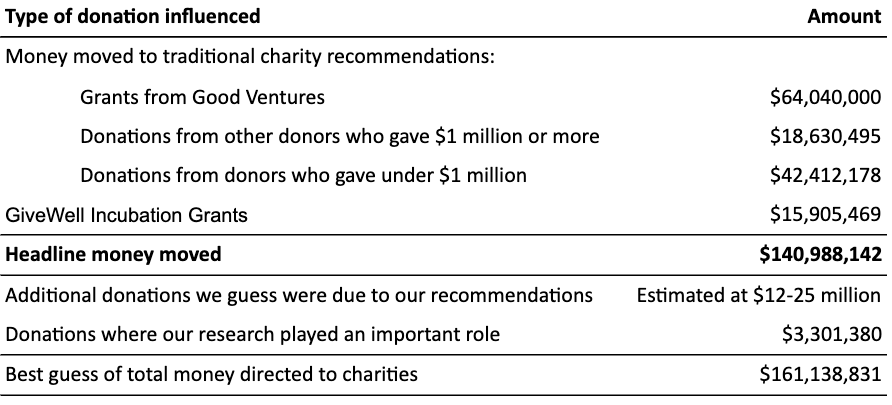GiveWell grew significantly in 2019. We hired 13 full-time staff members, bringing our total size to 37, and expanded our ability to take on new projects across domains. We feel positioned to do more and better work going forward as a result.
We see a strong indication that the amount of funding we directed to our recommended charities increased last year, too. While we haven’t reconciled all giving from 2019, the value of donations we processed increased by about 30% in 2019.
We’re proud of what we accomplished in 2019. We also fell short of some goals last year. Most notably, we failed to make as much progress as we planned in researching new areas of global health and poverty alleviation.
This blog post provides a brief look at our key successes and failures last year. A more detailed accounting of how our progress in 2019 compared to the goals we set is available on this page.

